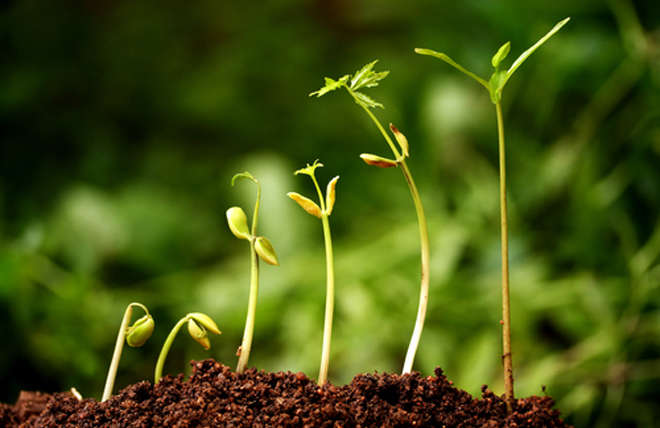 I’m sitting on my suburban New York back porch on a spring day, reading Haiku in English: The First Hundred Years for Tweetspeak Poetry.
I’m sitting on my suburban New York back porch on a spring day, reading Haiku in English: The First Hundred Years for Tweetspeak Poetry.
The wind picks up.
I read through explanations of haiku, which are more complicated than one might guess, and I land on the observation that the kireji is a cutting word.
I knew that. In a haiku kireji is the point of juxtaposition, where the life of one image is turned toward (or against) another—the way a cut stands between, yet joins, two sides of flesh or fabric or canyon. It’s the crucial space created by a word, phrase, or simple comma or dash—in which meaning is made, insight captured. Without the cutting, the haiku is not quite complete.
I turn the book upside down on the card table I’ve set on the porch. The table is covered with a brilliant floral cloth, in fuchsia, violet, black, goldenrod. Now the wind has increased its force and the large trees toward the back of the yard are bending, whipping. The noise is frightening. I feel small.
Now I’m copying the poems of others into my notebook, watching where the cutting words appear. I’m thinking about the assertions of the editors, that haiku depends on the existence of the poet. Without the poet, there is no poem. There is no moment immortalized, cut into being, recalled like bloodlines.
Take my favorite Chris Patchel haiku:
a path of leaves
our conversation
turns wordless
The whole second line, in this case, is the kireji, and it suggests that an otherwise incidental, unnoticed path of leaves is somehow our conversation, but it also suggests that the path of leaves ceases our conversation. It is the midpoint around which the meaning retwists itself. The reader wonders if the relationship of those in the poem will survive, even as the incidental path itself is now immortalized in the poem.
Looking out over my unruly grass, I see that the great pine is now twisting in the wind. I fear for her survival. Someday it will be too much. She’ll fall, and I’ll be picking up the pieces.
The wind continues, strong and loud. My eyes seek out the tiny red maple I just planted to the south of the pine. Then I search for the new paw-paw trees and the delicate, wild climbing rose. The small things, sheltered and growing, are safer from the coming storm by the very virtue of their diminutive size.
When the great wind comes
the tiny trees hardly bend
to the great wind’s roar.
I write my own poem. This was not in the morning’s plan. Haiku is hard, and it’s not my best form. I’d rather review the book than set my hand to haiku writing.
But the poem has told me something deeply important—about building small things into my life without drawing attention to them. And the fact that I wrote it myself means it’s going to embed itself into my psyche. Because it is a haiku, it is only the length of a few breaths—so easy to memorize without even trying—and I will be more likely to take it with me on my walks, use it to clear my mind and calm my fears.
Many of us are happy enough to borrow the breath of others, to read their poems, to carry their words along. That is fine, even recommended. (I myself make it a practice to read a poem a day.)
Still. It is worth exploring our own breath, just 5-7-5, penned into the spaces of a special notebook or cut into the margins of an afternoon.
Would you like to try writing a haiku?
The writing of poetry reminds us, “You are real, and without you there is no artful shaping, no rewiring of either joy or pain.” The writing of haiku, in particular, helps us define and embrace the moments of change, no matter how small—and understand that they may be even more sustainable and powerful in their smallness.
Just three lines could write, or rewrite, your day.




1 Comment